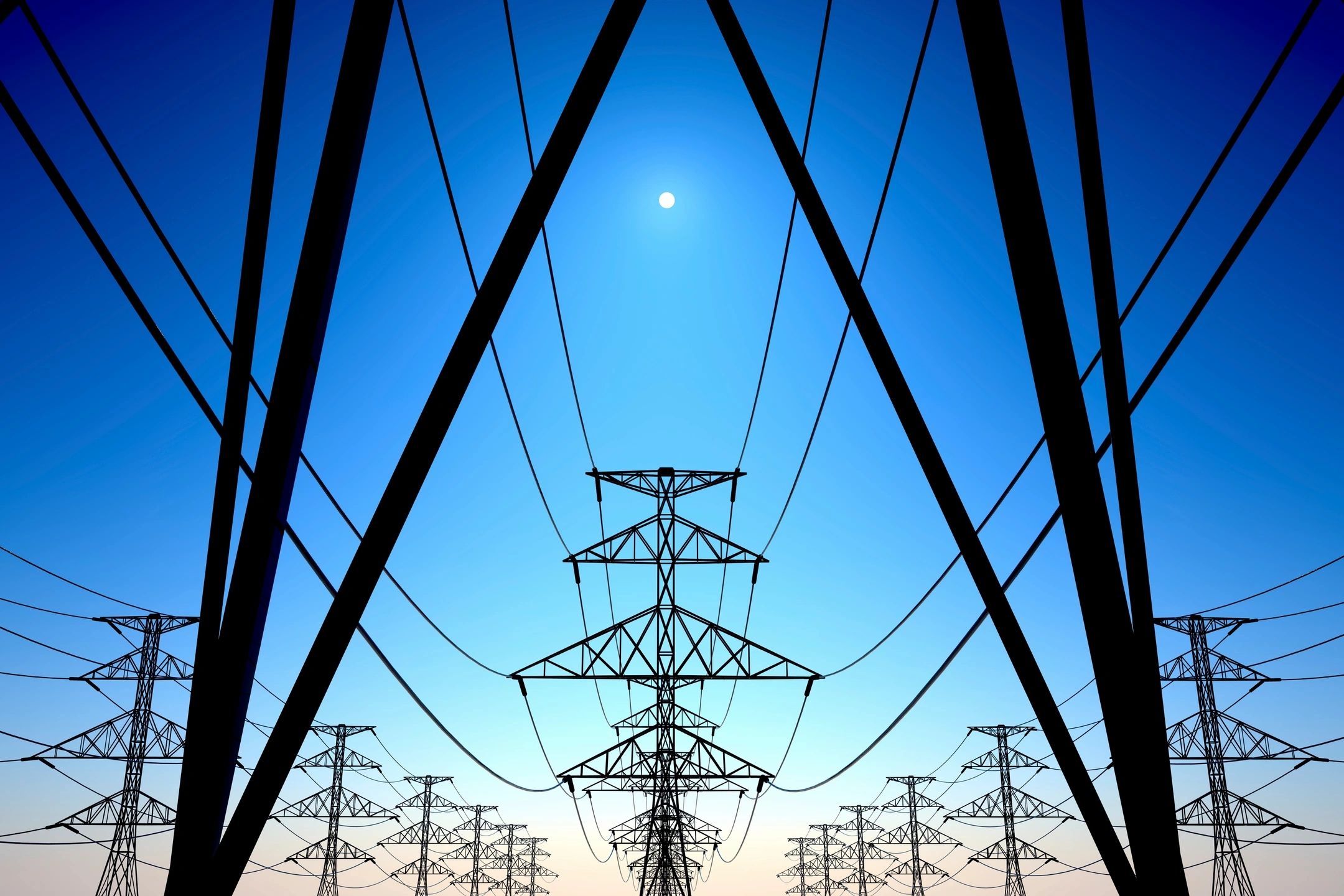On Monday evening, May 14, 2025 I stopped in at the Openhouse sponsored by NextEra Energy Transmission at the WVU Ericson Alumni Center to learn more about the “MidAtlantic Resiliency Link”
My primary purpose was to review any possible impacts which the proposed new powerline might have on the Monongahela River and the Caperton Rail Trail.
I don’t know much more about the potential impacts than I did about a year ago when I first heard of the project. At this point all they really tell us is that it will start at a 500/138-kV substation located near the Fort Martin and Longview power plants and run about 105 miles to a new 500/138-kV substation in Maryland. The proposed route is a belt on the maps which is miles wide, so we can not really tell what it will endanger.
I was able to confirm that it should have minimal impact on the Monongahela River, since that crossing has to be high enough to let USA Corps and USCG crane barges pass underneath.
Also that my river home is at least a mile south of any projected route.
They had about 20 NextEra employees ready to point to the maps of the projected route, but it seemed that none were engineers, and few had any local knowledge. They would not even commit to the fact that this serves the Longview and Fort Martin power plants, just the substation.
The take-away documents provided no details. I have scanned them and I attach a .PDF of the results for those of you who are not able to attend any of the proposed OpenHouse events.
They agreed that will be environmental, cultural, and real-estate impacts, probably including forced sales of private properties.
The Fort Martin coal burning plant is, as I recall, expected to be closed about the time the line is completed, but they knew nothing about future generating capacity, they just build power lines.
Nothing I have learned so far gives me focused concerns because the devil is in the details, and those have not been revealed.
Wallace Venable
Chief Technical Officer
Upper Monongahela River Association


